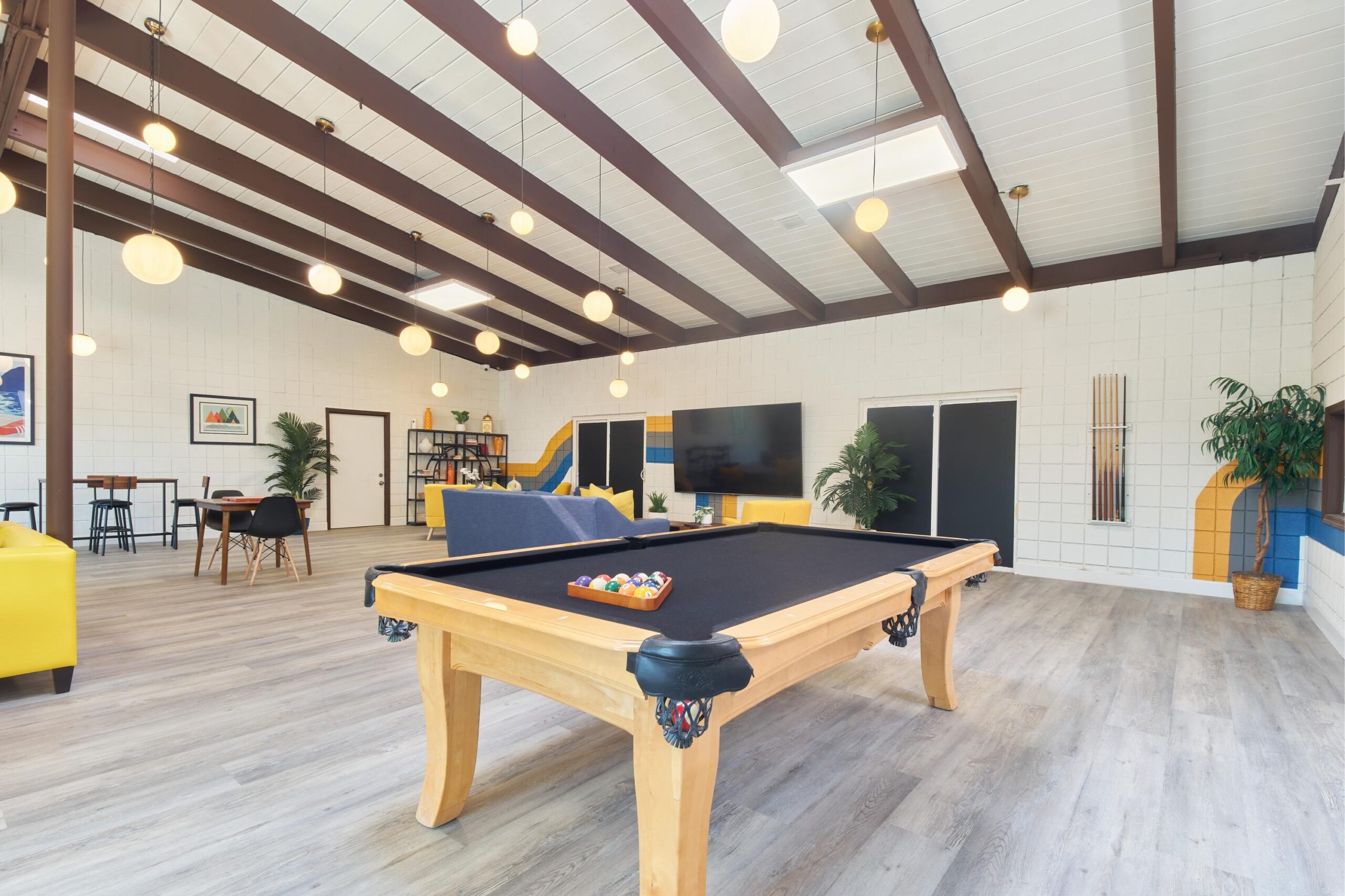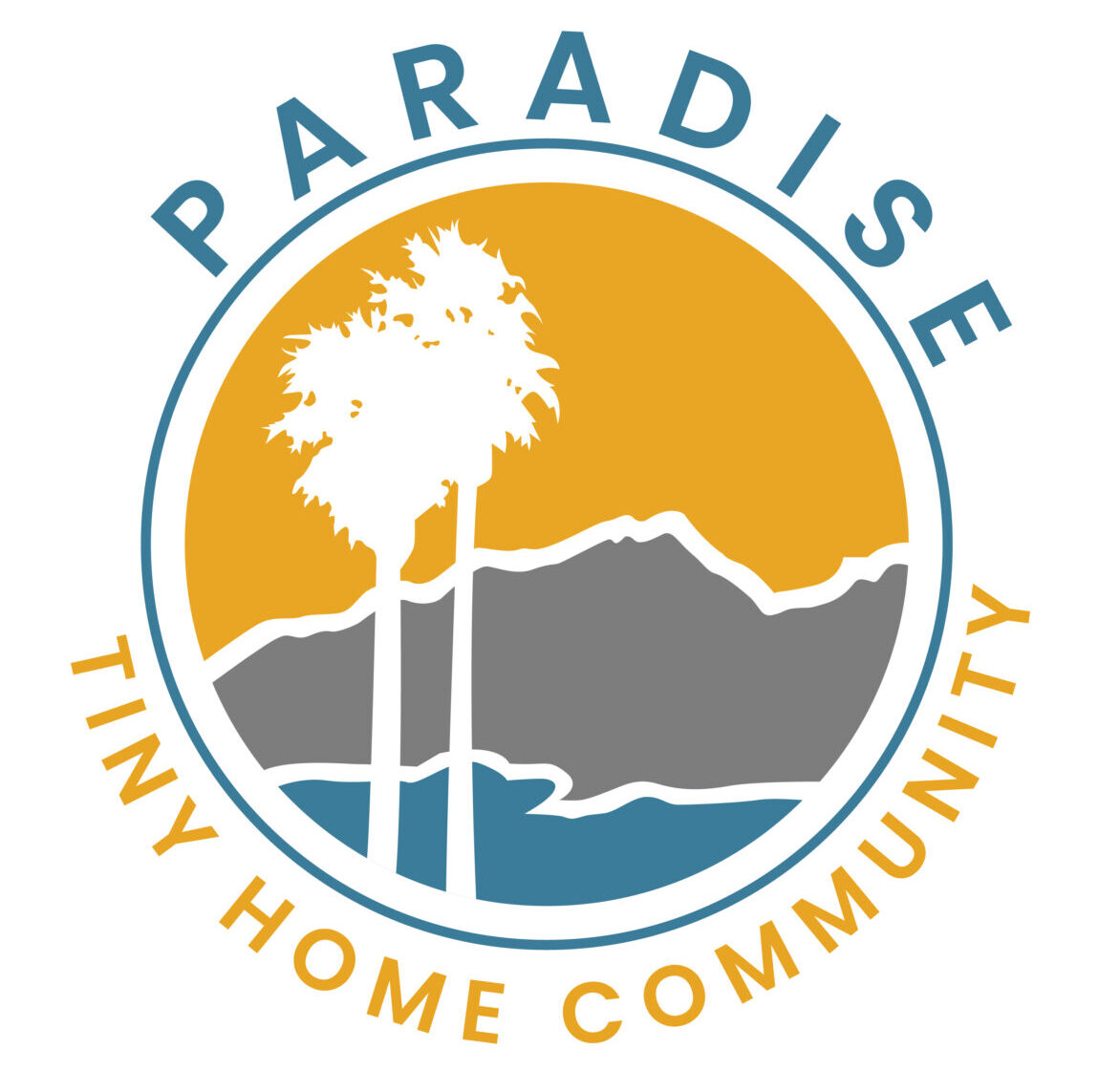The Social Perks of Living in a Tiny Home Community

In recent years, the tiny home movement has gained momentum across the United States, especially in areas like California where housing affordability and sustainable living are top priorities. Beyond the financial and environmental advantages, one of the most compelling aspects of this lifestyle is the social benefit of belonging to a close-knit neighborhood. Choosing a Greater Palm Springs tiny home community not only gives residents the charm of desert living but also provides a vibrant social network that enriches daily life. To fully understand what to expect from social living in these communities, it is important to look at how the tiny home lifestyle in California fosters connection, collaboration, and a sense of belonging.
Building Genuine Connections Through Shared Spaces
Traditional neighborhoods often lack natural opportunities for frequent interaction. In contrast, a tiny home community is intentionally designed to encourage social engagement. Because the homes themselves are smaller, developers often prioritize shared outdoor areas, community kitchens, or multipurpose gathering spaces. These places become natural hubs for conversation, shared meals, and collaborative projects.
In a Greater Palm Springs tiny home community, residents often find themselves enjoying evening bonfires, weekend barbecues, or group outings to local markets and hiking trails. These moments create bonds that are deeper and more genuine than what many people experience in larger suburban or urban developments. The compactness of the lifestyle encourages neighbors to check in on each other, exchange resources, and celebrate milestones together. Living in a space where community is woven into the design leads to meaningful friendships that extend beyond property boundaries.
Collaboration and Resource Sharing in Daily Life
One of the most attractive features of tiny home living is the natural inclination toward collaboration. Residents in a community setting often pool resources, which not only saves money but also strengthens trust among neighbors. Whether it is borrowing tools, sharing garden harvests, or swapping books and crafts, the culture of giving becomes a defining trait of these neighborhoods.
In California, where sustainable living is deeply valued, many tiny home communities go a step further by coordinating joint projects such as composting initiatives, solar energy systems, or community gardens. In Greater Palm Springs, the desert environment often sparks unique collaborative efforts like water conservation programs or xeriscape landscaping projects. These initiatives are not only practical but also social, providing neighbors with opportunities to work side by side toward a common goal. The act of collaborating creates bonds while reinforcing the values of simplicity and environmental responsibility that tiny home residents often share.
Events and Activities That Enrich Social Living
When people ask what to expect from social living in a tiny home community, one of the first answers is the wide array of events and activities that naturally arise. Because these communities are smaller and more personal, organizing gatherings is relatively easy, and participation rates tend to be high.
Residents often host potlucks, music nights, film screenings, and skill-sharing workshops. Some communities even develop traditions such as seasonal festivals or annual camping trips. In a Greater Palm Springs tiny home community, the natural beauty of the desert becomes the backdrop for sunrise yoga sessions, art walks, and stargazing nights. These events not only bring neighbors together but also allow individuals to share their unique talents and passions with the group.
Social living in this way fosters a rhythm of interaction that combats loneliness, a challenge that many people face in larger cities or isolated suburban environments. Instead of feeling disconnected, tiny home residents often describe their communities as extensions of their family.
Diversity and Inclusivity in the Tiny Home Lifestyle
California has long been a hub for diversity, and tiny home communities reflect this cultural richness. Residents often include young professionals seeking affordability, retirees downsizing for simplicity, and eco-conscious individuals committed to sustainable practices. The tiny home lifestyle in California draws people from a wide range of backgrounds who share a desire for connection and purpose.
In Greater Palm Springs, tiny home communities attract artists inspired by the desert landscape, outdoor enthusiasts drawn to year-round sunshine, and remote workers looking for an affordable, engaging environment. This blend of people creates an inclusive space where stories, skills, and traditions are exchanged freely. The diversity also ensures that conversations remain vibrant and perspectives are broadened. It is not uncommon for residents to discover new hobbies or cultural experiences simply by engaging with their neighbors.
This openness builds resilience and understanding, making the social perks of tiny home living more than just a matter of friendship. They become a daily lesson in inclusivity, cooperation, and empathy.
The Joy of Belonging to Something Greater
Perhaps the greatest social perk of joining a tiny home community is the deep sense of belonging it fosters. Many people who transition into this lifestyle remark that they no longer feel like just another face in the crowd. Instead, they are part of a living, breathing network where their presence matters and their contributions are valued.
In a Greater Palm Springs tiny home community, this belonging often extends to the larger region as well. Residents frequently organize volunteer days, participate in local environmental initiatives, or collaborate with nearby businesses. This creates a ripple effect where the impact of the community stretches beyond its borders, enriching the broader area of Palm Springs and connecting residents to the larger cultural and environmental fabric of California.
When people feel they belong, they are healthier, happier, and more motivated to invest in their surroundings. The tiny home lifestyle in California makes this belonging possible by fostering communities that are intentionally supportive, open, and socially vibrant.
Conclusion
Living in a tiny home community offers far more than a roof overhead. It is an opportunity to immerse oneself in a lifestyle that prioritizes connection, collaboration, and shared experiences. In a Greater Palm Springs tiny home community, these values are enhanced by the natural beauty and cultural richness of the desert setting. Residents quickly learn what to expect from social living: meaningful friendships, opportunities to contribute to collective projects, and an ever-present sense of belonging.
The tiny home lifestyle in California represents not just a practical housing choice but also a reimagined way of living that celebrates community. By choosing this path, individuals find themselves surrounded by people who share their values, appreciate their contributions, and enhance their daily lives through authentic connection. The social perks are not incidental; they are the heart of the experience, making tiny home living a truly fulfilling and transformative choice.
Need a Tiny Home Near You?
Ready to embrace the tiny home lifestyle in a vibrant, eco-conscious community? Reach out to us at Paradise Tiny Home Community and discover how you can become part of our unique neighborhood in Desert Hot Springs, CA. Whether you’re searching for a sustainable, stylish tiny home or already own one that meets our guidelines, we’re here to help you settle into affordable luxury with access to resort-style amenities like a central pool, gym-equipped clubhouse, and outdoor BBQ spaces. Let’s connect and bring your tiny home dreams to life—your slice of paradise is waiting!
